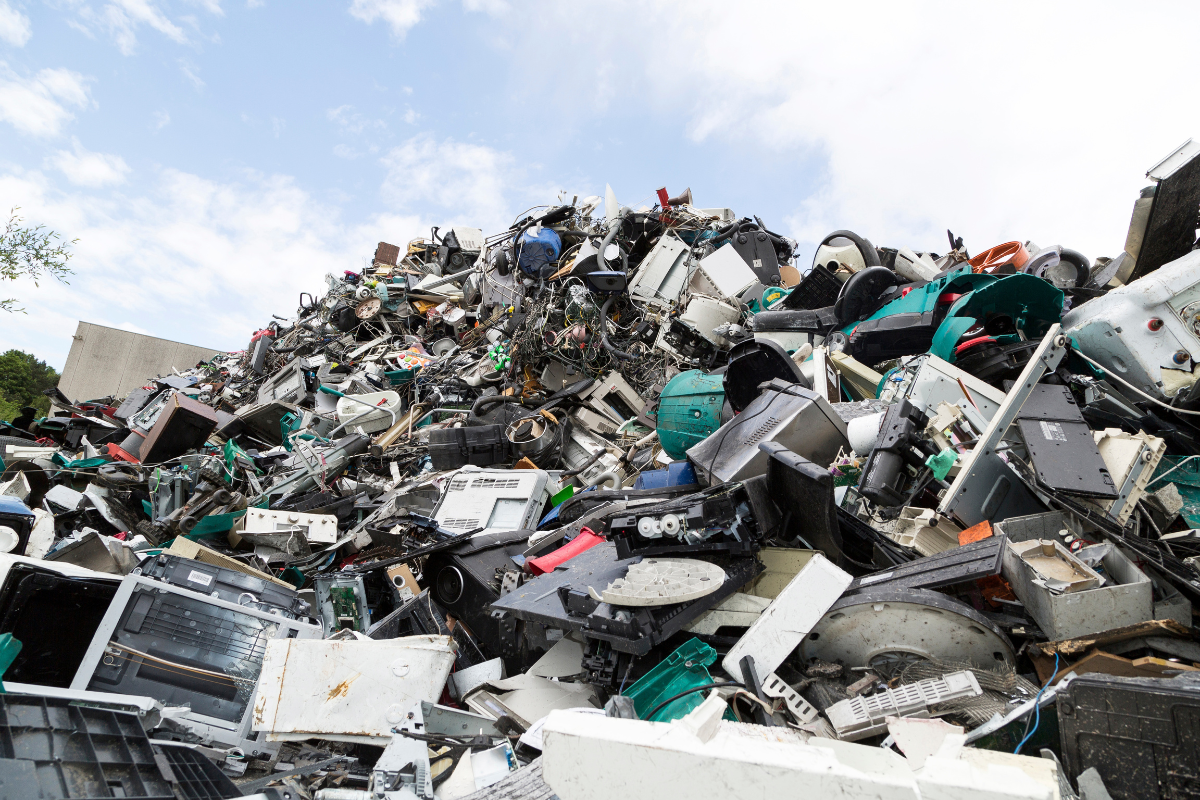
This article appeared in the February 2024 issue of Resource Recycling. Subscribe today for access to all print content.

This article appeared in the February 2024 issue of Resource Recycling. Subscribe today for access to all print content.

This article appeared in the February 2024 issue of Resource Recycling. Subscribe today for access to all print content.

Fahad Qammar/Shutterstock
This article appeared in the March 2024 issue of Resource Recycling. Subscribe today for access to all print content.

Morten B/Shutterstock
This article appeared in the March 2024 issue of Resource Recycling. Subscribe today for access to all print content. Continue Reading

